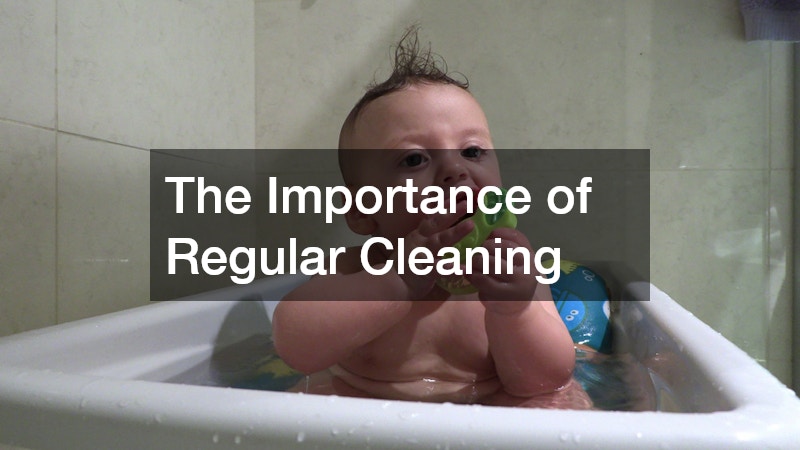In this article, we will explore how you can extend the life of your water softener system through proper repair and maintenance. Maintaining your water softener not only ensures efficient functioning but also prevents costly replacements. Let’s delve into the most frequently asked questions about water softener system repair and maintenance to help you make informed decisions.
Recognizing Reduced Softening Efficiency
Decreased lathering from soaps and increased soap scum are telltale signs of reduced water softening efficiency. When your water softener functions optimally, you’ll notice that soap lathers quickly and leaves little to no residue.
Regularly inspecting these indicators allows you to address issues before they escalate, prolonging the life of your system.
Ignoring these signs might lead to mineral buildup in your pipes, adversely affecting water flow. Hard water minerals, such as calcium and magnesium, can clog pipes, making it difficult for water to move freely. This situation often necessitates water softener system repair, which might have been avoided through earlier intervention.
Mitigating reduced softening efficiency is straightforward if recognized early. Regularly assess the soap’s effectiveness in your home, and be vigilant about any increases in soap usage. By promptly addressing these symptoms, you can ensure the water softener system functions correctly and extends its lifespan.
Identifying Salt Bridges and Mushing
Salt bridges and mushing are common problems that can impede your water softener’s efficiency. A salt bridge is a crusty build-up of salt in the brine tank, which prevents the salt from dissolving completely. Mushing occurs when salt clumps into a thick paste at the bottom of the tank, blocking water flow.
To check for a salt bridge, use a broom handle to gently break it apart, ensuring the salt can dissolve properly. Regular inspections can help prevent bridge formation, which is critical for maintaining water softness. Mushing can often be addressed by ensuring the tank is regularly cleaned and using a suitable grade of salt.
Identifying and solving salt-related issues ensures your system continues to operate effectively. Regular maintenance, including checking for these problems, can save you from major water softener system repair costs and downtime. Prevention is key, and understanding these signs facilitates proactive care of your system.
Spotting Unusual Noises from the Unit
Unusual noises from your water softener can indicate underlying issues that require attention. Common sounds include grinding, gurgling, or clunking, which might suggest mechanical problems or clogs. Paying attention to these audio signals can prevent minor issues from escalating into major water softener system repairs.
Mechanical problems can arise from worn-out or damaged parts, such as the motor or timer. Regularly checking these components and listening for sound changes can highlight when a part needs repair or replacement. Addressing these noises early can prevent long-term damage to your water softener.
The Importance of Regular Cleaning
Regular cleaning of your water softener system is a crucial practice that can prevent repair issues. Over time, mineral deposits and sludge can accumulate in the system, reducing efficiency. Cleaning prevents these deposits from building up, ensuring your system works smoothly.
Scheduling regular cleanings can deter the formation of clogs and maintain a consistent flow of soft water. It’s advisable to clean the brine tank every few months to prevent salt accumulation. Consistent cleaning aids in reducing the likelihood of needing major water softener system repair services.
Performing regular maintenance also allows for the early detection of potential problems. Observing the system during cleaning can highlight worn parts that require replacement. By adhering to a consistent cleaning schedule, you maintain the overall health and efficiency of your water softener.
Routine Checkup and Inspection
Routine checkups by a professional can substantially extend the life of your water softener system. A professional inspection helps identify minor problems before they develop into significant issues. Early diagnosis means you can rectify small problems without costly interventions later.
During a checkup, a technician can inspect the system’s pressure levels, assess parts for wear, and measure overall performance. This thorough examination ensures that your system is functioning correctly and pinpoints areas needing attention. Continually monitoring the system through regular inspections ensures long-term operational efficiency and can help avoid emergency water softener system repairs.
Moreover, routine inspections foster a better understanding of your water softener’s current state, guiding maintenance efforts. When executed regularly, these evaluations can substantially prolong the service life of the system. Professional oversight represents a valuable investment in your water softener’s longevity.
Understanding Repair Versus Replacement
When a water softener fails, understanding whether to repair or replace it is critical for cost-effective management. Several factors influence this decision, such as the system’s age, repair frequency, and overall condition. Weighing water softener system repair costs against a new purchase provides clarity in decision-making.
In conclusion, extending the life of your water softener system hinges upon proactive maintenance and timely water softener system repair. By understanding the signs of wear and regularly caring for the system, you ensure its longevity and efficiency, ultimately saving resources and improving water quality in your home. With well-maintained equipment, you secure peace of mind and reliable access to softened water.








